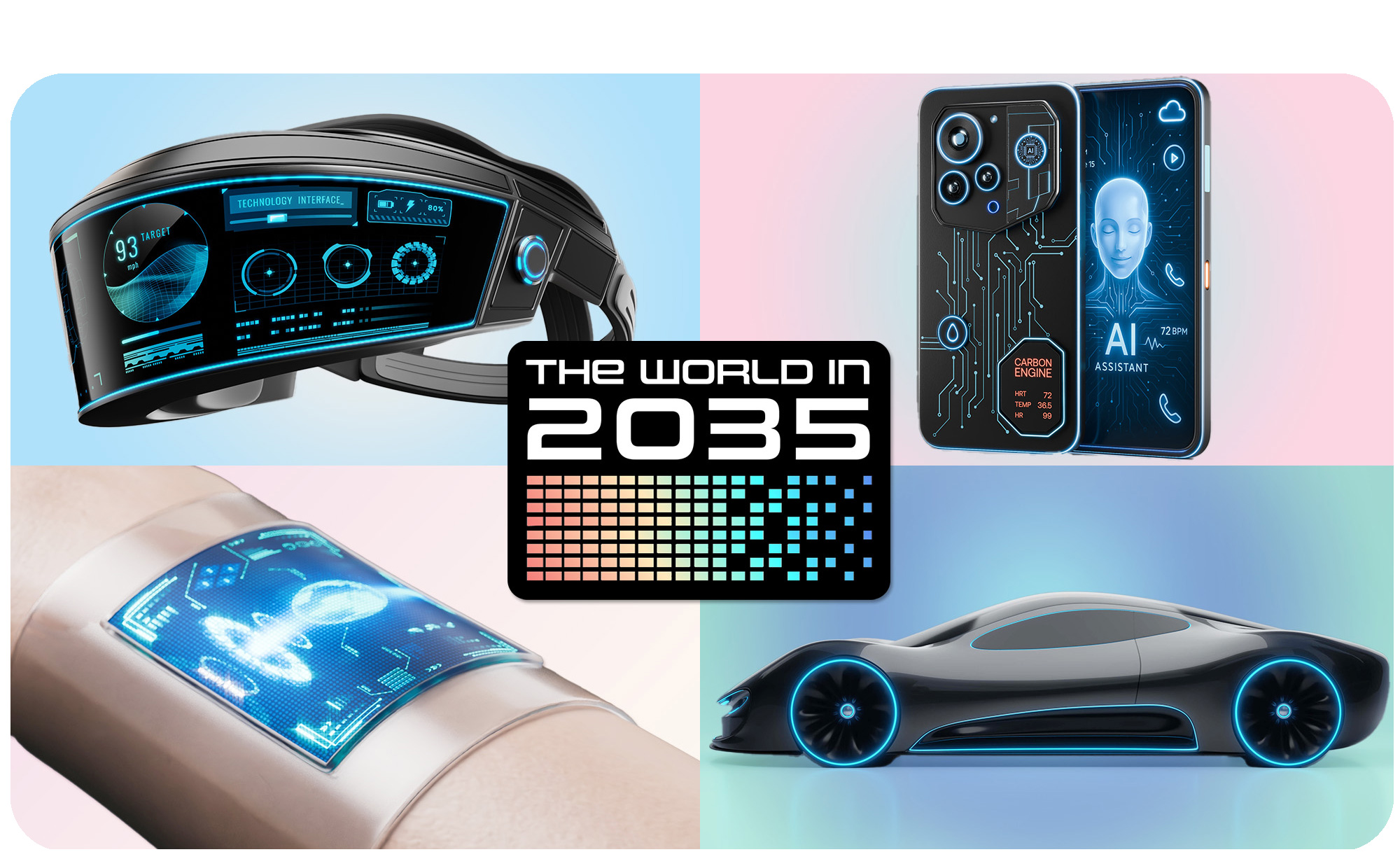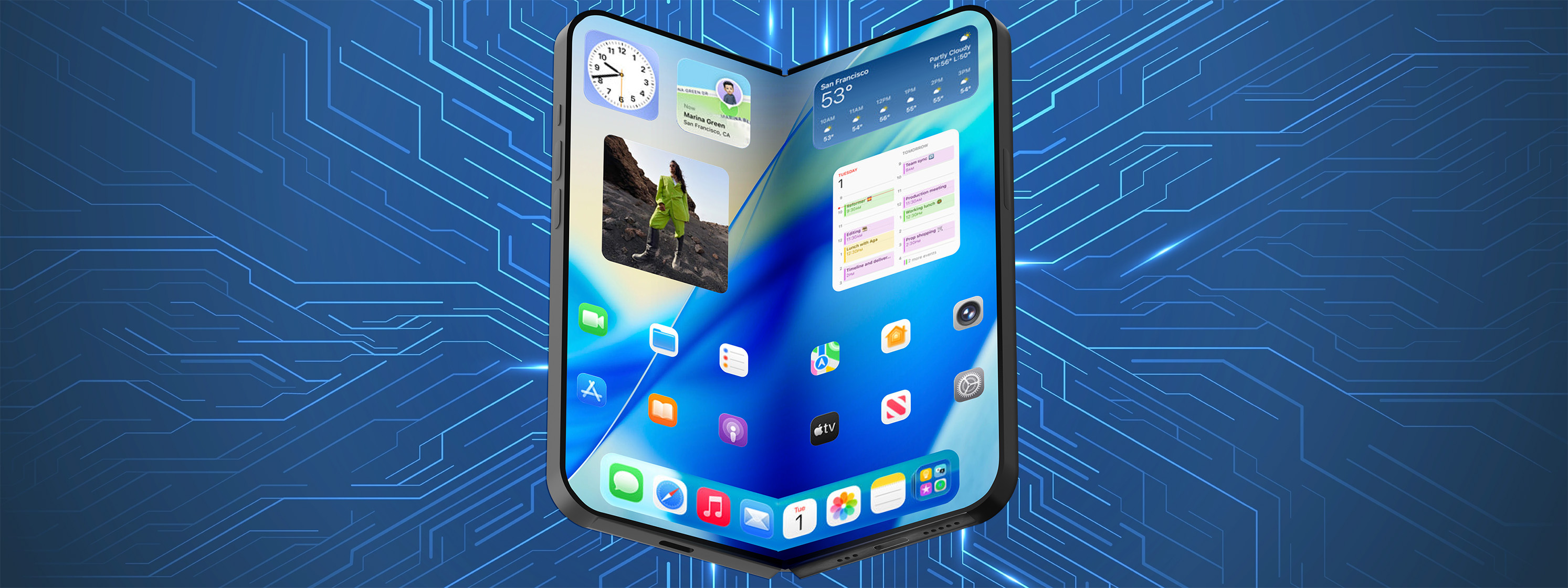
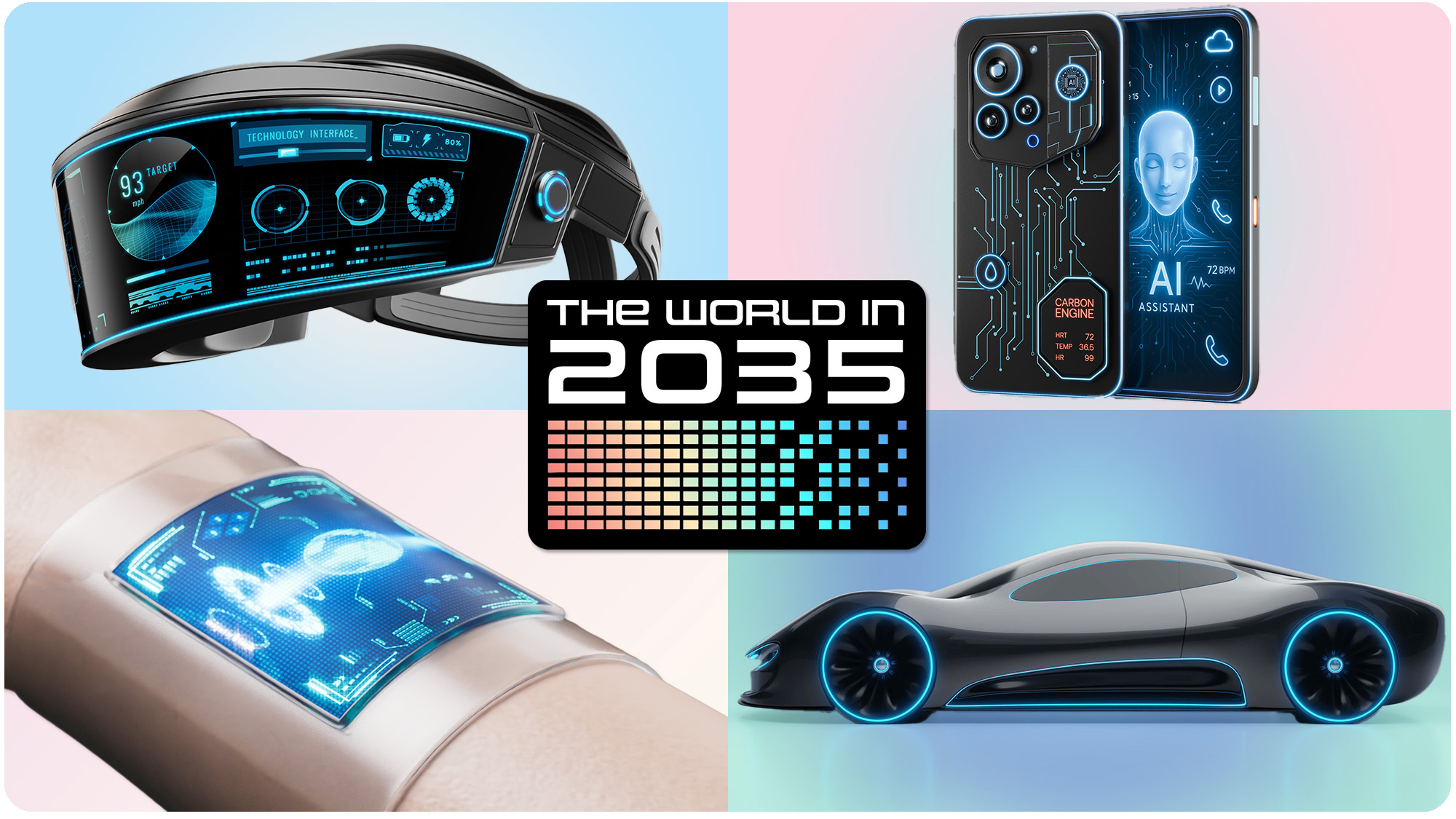
AI | Smart Glasses | Wearable Tech
Smartphones | iPhones | Robots | Cars | TVs
No single piece of technology has changed the world more in the 21st century than the iPhone. Apple's always-connected computer in your pocket has upended everything from the economy to society, in ways good and bad.
And yet nothing lasts forever. Recently, Apple's own senior vice president Eddy Cue testified in a court case that the rise of artificial intelligence could mean "you may not need an iPhone 10 years from now, as crazy as it sounds."
So is the iPhone on its downswing? Or can it keep reinventing itself as a relevant device for an era full of wearable technology and AI? When 2035 rolls around and the market is looking down the barrel of the latest and greatest iPhone, what can we expect?

The iPhone business
Twenty years in, the iPhone's place seems largely stable from a financial perspective. It continues to account for the lion's share of Apple's revenue — in the most recent quarter ending in March, Apple’s phone business generated $46.8 billion in sales, or just under half of the company's overall revenue.
On their own, iPhone sales are larger than the GDPs of several countries. It may not be the dominant smartphone platform in the world, but the iPhone's influence and success is undeniable.
"I can't reasonably conceive of a world where the smartphone is irrelevant in ten years," said Jason Snell, editor of Apple-centric website Six Colors and former editorial director of Macworld. "It's so entrenched. It's so convenient in so many different ways that I have a hard time imagining it being gone or even dramatically diminished."
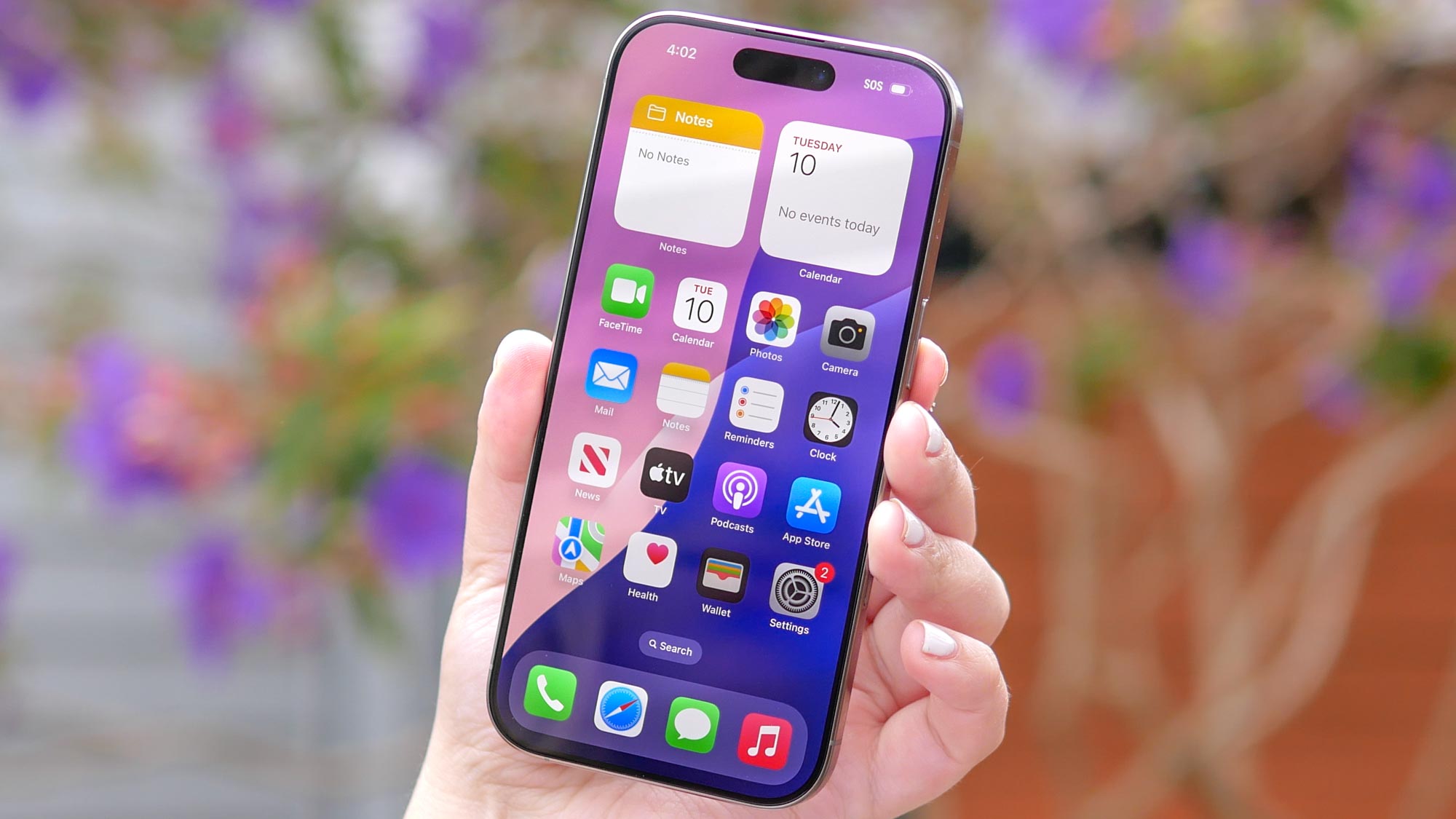
That's not to say the iPhone's position hasn't changed over the last decade. In 2015, the device accounted for a whopping two-thirds of Apple's annual revenue. While two of the company's other prominent businesses, the iPad and the Mac, have largely remained within a couple percentage points of where they were a decade ago, the iPhone's share has been slowly eaten away by an increase in Services revenue, which grew from 9% to 28% in the same period.
But from a purely money point of view, the iPhone generates far more gross sales than it did a decade ago: in 2014, it made $102 billion in revenue, which sounds like a lot until you consider that in 2024, that number almost doubled to $201 billion.
So the iPhone's hardly about to fade away. More than anything, it's like an aging movie star, looking back to its youthful vigor even while socking away higher paychecks than ever before.
On their own, iPhone sales are larger than the GDPs of several countries. It may not be the dominant smartphone platform in the world, but the iPhone's influence and success is undeniable.
Tech is a notoriously fickle market, but there is some precedent for products that go the distance. The Mac is a great example — with a recent infusion of Apple's own custom silicon, it's going strong as it hurtles towards the half-century mark.
The flip side of that coin is the iPod, Apple's once ubiquitous digital music player, which after a meteoric rise, ended up overshadowed and ultimately replaced by the iPhone.
So which path will the iPhone take?
"The iPhone is still a big business in ten years, even in decline," said Daring Fireball's John Gruber, who's been writing about the company since 2002. "In the same way that laptops are still a big business."
Even if that decline in iPhone revenue share continued at the same rate as it has since 2015 — which is, in itself, not particularly likely — Apple in 2035 would be looking at a product that still accounted for a third of its sales. And, again, in gross numbers, it's likely to be raking in tremendous amounts of money along the way.
All of which is to say that barring an unforeseen catastrophe or a major technological revolution the likes of the original iPhone itself, Apple is almost certain to be in the iPhone business in some shape or form ten years hence.

Center of our lives
But what part the iPhone plays in our lives is another question. Will that device still hold the central place it does in today's Apple ecosystem?
These days folks might have an Apple Watch, AirPods, even AirTags, all of which are essentially satellite accessories to the phone itself. Could the iPhone itself be reduced to an accessory, something that merely supplements another device, like smart glasses or an AI-powered gadget?
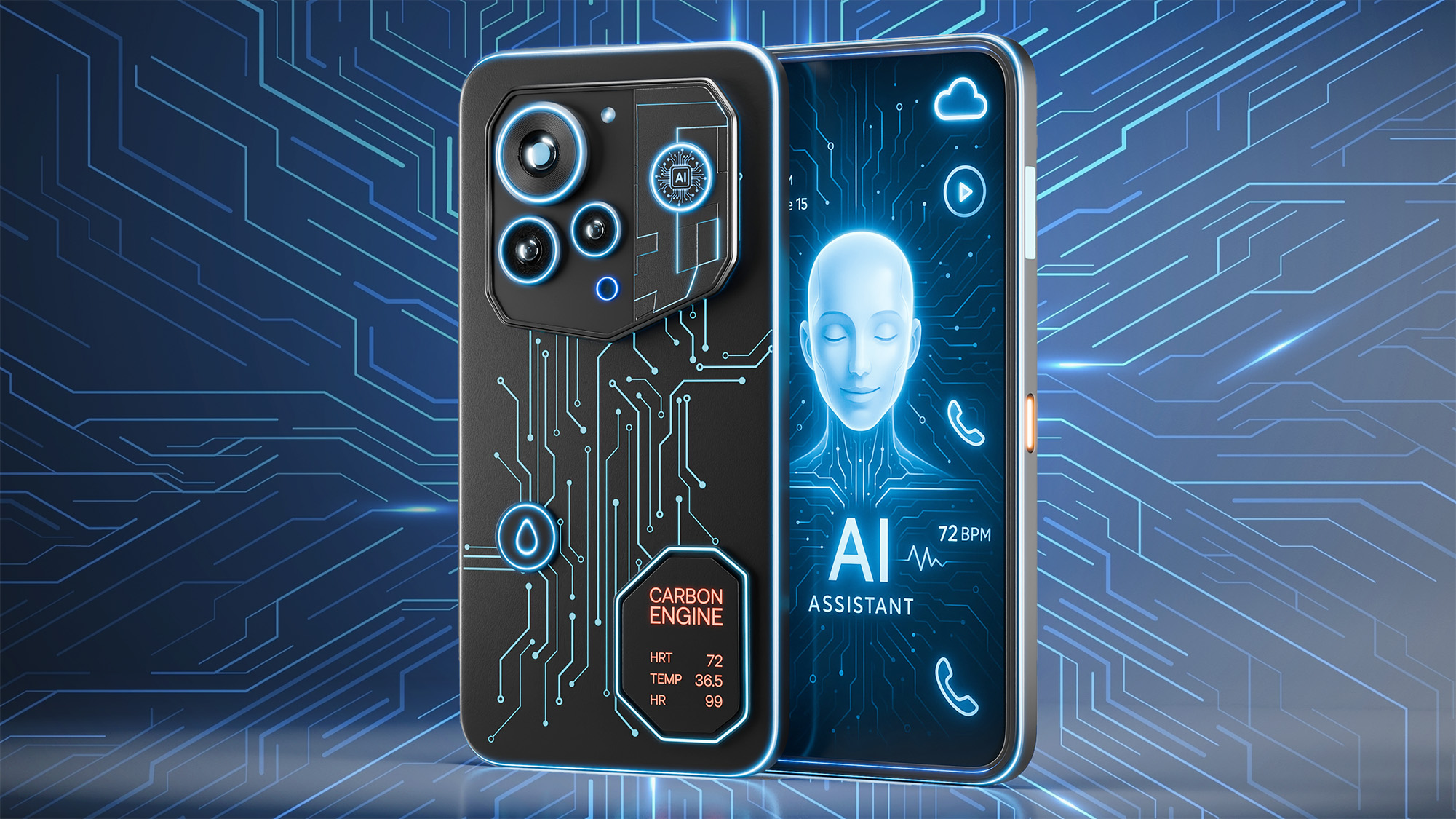
"It's still entirely possible that 20 years from now, the iPhone, is still the preeminent computing form," Gruber said. "My bull case for the phone as a form factor is that we are visual creatures and we like to look at things on screens."
That form factor is important in more ways than one. Those accessory devices like the Apple Watch and AirPods are tiny, and squeezing a battery or a powerful processor into something that fits on your wrist or your face makes the iPhone's size seem like a palatial estate by comparison. Which only supports the case that the iPhone will remain — to borrow an old Steve Jobs phrase — the "digital hub" of our lives.
"My bull case for the phone as a form factor is that we are visual creatures and we like to look at things on screens."
— John Gruber, Daring Fireball
"I think that the smartphone, over time, might be more like the mainframe on your body," Snell said. "It's a pretty convenient block of computing power, connectivity, and battery that you can slide in your pocket, even if you don't take it out and look at the screen as much."
Inertia plays a part as well. We all already carry these tiny, incredibly powerful devices with us, and while other accessories might branch out into specific and, in some cases, overlapping uses — wireless headphones for audio or smart watches with fitness and notifications — the iPhone retains the incredible versatility and power of a computer.
Why duplicate all that engineering in a device like smart glasses or even an AI necklace that might only do a sliver of what the iPhone can, when you can just piggyback on the iPhone's computing power?

The iPhone tech of tomorrow
Of course, if the iPhone does survive the next decade, it won't do it by sitting still. Take a look back 10 years at the state of the art in 2015: the iPhone 6s. Today's iPhones might recognizably descend from that in the same way that you can see the root of the modern iMac in 1984's original Macintosh, but that doesn't mean they haven't moved forward both inside and out.

The iPhone of 2035 is just likely to be instantly familiar as an iPhone, even while boasting newer and more advanced features. Its screen may truly stretch edge-to-edge, hiding front-facing cameras beneath the display.
"Thinner, lighter, smaller, more powerful, more battery efficient ... And then secondarily, better at communicating to the constellation of devices."
— Jason Snell, editor of Six Colors, former editorial director of Macworld
It may completely forego a charging port for wireless or magnetic-based power. Processors will continue to get more and more powerful. And, if rumors prove true, Apple may follow the path of some of its competitors with foldable phones and debut an iPhone Flip or iPhone Fold.
But at this stage in its existence, the future of the smartphone seems — as the old chestnut goes — more evolutionary than revolutionary.
"I imagine it'll go in that direction of just what we already have seen, which is thinner, lighter, smaller, more powerful, more battery efficient," Snell said. "And then secondarily, better at communicating to the constellation of devices."

The camera at the center
Perhaps the biggest limiting factor to changes in the size and shape of the iPhone, though, is what is perhaps its most important feature: the camera.
"I think if you laid out every year's iPhone in chronological order on a bench in front of you, the first thing that would stand out is they've overall gotten bigger," said Daring Fireball's Gruber. "But the second thing you would notice is the protuberance of the camera. The whole camera module of the phone continues to grow in scope and size where it becomes way more obvious that it is a camera with a screen than a phone with a camera."
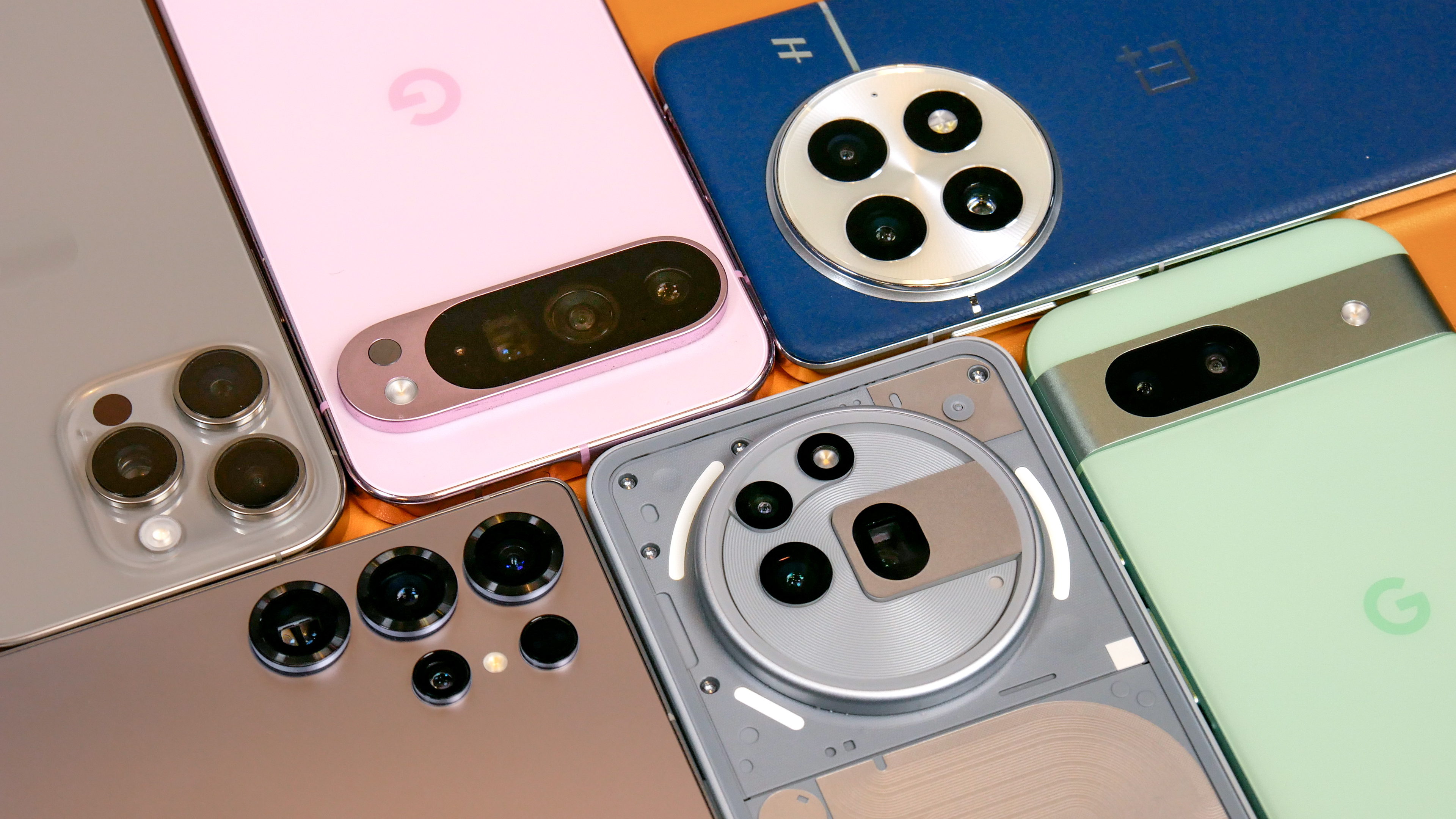
The iPhone camera is a place that Apple does seem to push the envelope every year, but physics plays a part. "There are certain theoretical limits to how good image quality can be based on the size of the lens and the distance from the lens to the sensor and the size of the sensor," Gruber pointed out.
Still, those theoretical limits may also be part of what helps the iPhone hold on to its place in our lives. Even though other devices, such as Meta's AI glasses, have embedded cameras, they're generally even smaller, meaning they aren't as high quality — or as ergonomically convenient — as having a camera in your pocket.
"There is an argument to be made that if you've got that slab, that that's the best place to have a high quality camera," agreed Snell.

Who’s got the button? What’s in a name?
One big question for me, as someone who chronicled Steve Jobs's design philosophy of the late 2000s: Will the iPhone of 2035 have physical buttons? For a long stretch of time, Apple seemed devoted to eradicating those pesky moving parts, such as with Apple's much lambasted buttonless iPod Shuffle or the MacBook Pro's Touch Bar.
But in the past two years Apple has added two new buttons to its iPhones. First, the configurable Action Button that rolled out with the iPhone 15 Pro; then, the physical and touch-sensitive Camera Control button that was added across the iPhone 16 line.
"My guess would be fewer buttons because I think that over time you're probably doing more things with voice and also gestures and body movement" Snell said.
Gruber has a different take: "I don't see them going to fewer buttons. I don't see how they do it. And I'm glad, I think it's great that they added the action button."
Finally, there's another question that's been bugging me: with Apple having gone through many naming schemes for its phones — and now jumping forward from IOS 18 to iOS 26, as it changes its software naming convention to reflect years and not versions numbers — what is the iPhone of ten years hence going to be called? Will Apple keep marching along to the iPhone 27? Will it switch to years, and dub its 2035 release the iPhone 35? Or will it come up with a fancy new moniker, à la this year's rumored iPhone Air? We'll have to wait and see.
"I just hope they don't go with Roman numerals," says Snell. The iPhone XXVII, anybody?

Dan Moren is the author of multiple sci-fi books including The Caledonian Gamibt and The Aleph Extraction. He's also a long-time Mac writer, having worked for Macworld and contributed to the Six Colors blog, where he writes about all things Apple. His work has also appeared in Popular Science, Fast Company, and more
You must confirm your public display name before commenting
Please logout and then login again, you will then be prompted to enter your display name.
